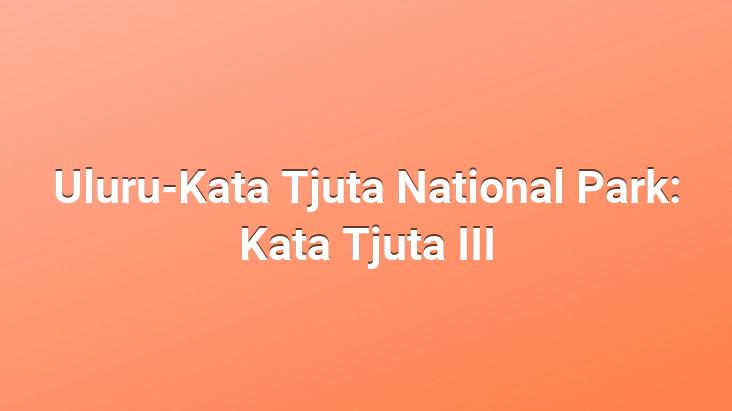Kata Tjuta (The Olgas), another cliff sacred to Aborigines like Uluru. Kata Tjuta, also known as Kata Joota, or The Olga, consists of 36 interesting rock formations.. Kata Tjuta means very head in Pitjantjatjara, the native Australian language.. It has been reported that there are many mythological stories about these cliffs, which have an important place for some ceremonies of the Aborigines, and that the Aborigines do not share these mythologies with us foreigners. located kilometers away. We started the 7.4 kilometer Kata Tjuta hike. Benjamin sped ahead. My New Zealand friend Laurie, whom I called Hobbit because it resembled the Hobbits in The Lord of the Rings, and I walked a little slower from the back.. You have to climb in places or cross stony and gravel roads.. Thousands of flies are flying around us, we are walking with dozens of flies on our backs, it is impossible to expel them! Some tourists were walking with special tulle hats on their heads.
The Australian accent is not easy to understand.. Unlike the English, they pronounce words almost without opening their mouths properly.. When the British first came to the continent, the whole place was full of flies, and since opening their mouths when talking means swallowing flies, they started to speak without opening their lips much over time, and it is said that today’s Australian accent was born in this way.. We can leave this up to linguists, but the truth is, you have to be careful not to swallow any flies while walking around Kata Tjuta.
Compared to the flat and quiet walking path around Uluru rock, Kata Tjuta is a lot of fun and promises more to see.. Small streams in places, very steep slopes and valleys, paths, dense trees where the rain water flowing from the top of the mountain flows.. It is as if the mountain is divided into dozens of pieces and you are walking among them with the red sprinkled on this land.. The point called Karingana Lookout, 2.7 km from the car park, offers a breathtaking view.
It is fascinating to look at the red rocky hills shimmering under the sunlight from a narrow valley formed by the rocks formed by steep slopes.. Kata Tjutas are sacred in Anangu culture and are used in rituals by Anangu men.. In fact, other visible places outside the normal walking path also looked quite interesting.. However, due to their sanctity, the paths other than the path we walk are closed to tourists.
After a difficult and tiring walk for 4 hours, we finally arrived at the parking lot where our vehicle was located.. Without rest, we finally walked towards Walpa Pass, which is another part of Kata Tjuta.. In the desert heat of summer, there is a river flowing in this deep and narrow gorge between two mountains that serves as a shelter for the animals.. It is possible to see kangaroos and wallabys among the trees.. We completed this road, which is 2.6 km long as a round trip, with a 1.5-hour walk.. Honestly, it is definitely a place worth seeing, even though I am very tired.
The deep and cool shelter between two steep mountains.. Today I have done the longest walk of my life by walking a distance of more than 20 km in total.. Finally, we went to the sunset watching point in Kata Tjuta and both rested and watched the magnificent beauty created by the reflection of these last rays of the sun on Kata Tjuta.
We went to our campsite yesterday and lit our fire again.. There are no clouds in the sky, the stars of the Southern Hemisphere shine brightly in the sky. Tonight will be colder than yesterday and the night will be colder. We gathered more wood and lit a bigger fire than yesterday.. We prepared dinner for ourselves by roasting the potatoes and onions we brought with us in the fire.. A little salt and a little pepper is enough.
Due to the tiredness of the day, we all mingled around the fire and went to our tents earlier than yesterday.
Day 323: Australia:68, Uluru-Kata Tjuta National Park, June 22, 2011

